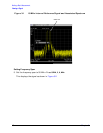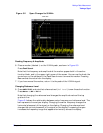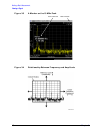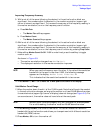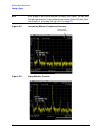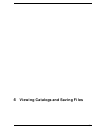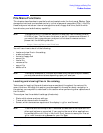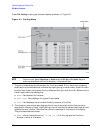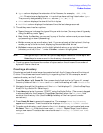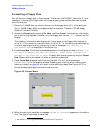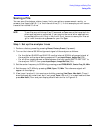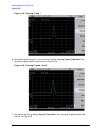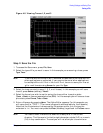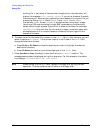
Chapter 4 53
Viewing Catalogs and Saving Files
File Menu Functions
File Menu Functions
This chapter describes how to use the functions located under the front-panel File key. Data
storage and retrieval are handled similarly to that of personal computers (PCs). Like PCs,
these analyzers include an internal storage drive and a floppy disk drive, both of which
have directory and sub-directory capability.
NOTE The descriptions in this section assume the analyzer has firmware revision
A.04.00 or later. The file menu functions in earlier firmware are different. If
you would like to upgrade your analyzer to the latest firmware revision,
please visit the following web site:
http://www.agilent.com/find/esa
You will learn how to do all of the following:
• locate and view files in the catalog
• create a directory
• format a floppy disk
• save a file
• load a file
• rename a file
• copy a file
• delete a file
NOTE The display examples in this book are made using various analyzer models,
you may see some variations depending upon your analyzer.
Locating and viewing files in the catalog
Techniques for locating files and directories are consistent throughout the various file
menu functions. Although this section provides specific information about navigation in
the catalog, you may wish to refer back to this section when performing other operations of
the file menu.
The analyzer has three default catalogs (directories):
• State, which stores analyzer settings.
• Trace, which stores trace information.
• Screen, which stores screen captures of the display in .gif or .wmf format.
NOTE Trace files are not bitmap files. Files saved as Trace cannot be imported into
other applications or converted. If you require the use of other applications,
for example
Microsoft Word or Microsoft Excel, be sure to save your files as
.gif or .wmf formats using Screen for your file Type.




